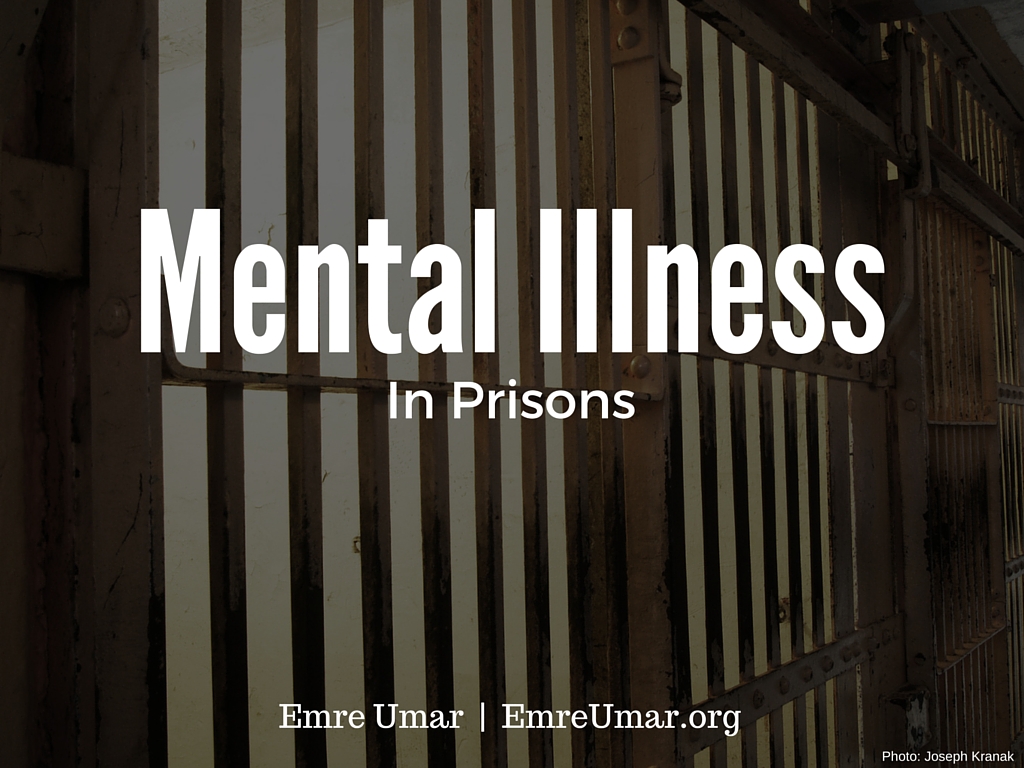While justice systems now vow to keep the mentally ill out of prisons, there was a time in the not-so-distant past when being diagnosed with a mental illness earned you a ticket to the penitentiary.
Though there were always opponents to the incarceration of mentally ill patients, the practice was common in colonial America.
A Brief History
Luckily for those who do suffer from various mental health issues, there exists reform. The now-famous activist Dorothea Dix visited prisons across the country that housed the mentally insane, reporting back on the abuses and unfair treatment they endured.
In a report written to the Massachusetts state legislature, she wrote in part “I proceed, Gentlemen, briefly to call your attention to the present state of Insane Persons confined within this Commonwealth, in cages, stalls, pens! Chained, naked, beaten with rods, and lashed into obedience.” Dix is credited with helping to usher in the idea of mental asylums across America.
After locking up those who were considered to be mentally ill during the late 18th and early 19th century was determined to be inhumane, thanks to those like Dix, the rate of mentally ill inmates dropped substantially.
Now, decades later, they’re on the rise again.
The Mentally Ill in Prison Today
According to the Treatment Advocacy Center, in 2012 there were 356,268 incarcerated mentally ill people across the United States. While correctional facilities and healthcare providers do their best to provide ample treatment to the mentally ill inmates that are currently serving time, more problems regarding the incarcerations present themselves.
The Treatment Advocacy Center cites a short list of main problems regarding the incarceration of the mentally ill, including behavioral problems in prison, overcrowding, abuse, insufficient treatment and the tendency for the mentally ill to repeatedly find themselves incarcerated.
Behavior Problems
While the prison system is far from a pleasant place to find oneself, when stricken with mental illness, life behind bars is made all the more difficult. Although facilities are designed specifically to prevent suicides by utilizing cameras and regular check-ins by guards, depressed inmates do occasionally find a means to end their lives within the walls of a prison. An estimated 77 percent of the suicides that occurred inside of a jail system in Washington were committed by mentally ill patients.
Those who aren’t depressed, but find themselves suffering from hallucinations, panic attacks or manic episodes can also spell trouble for prisons, as these patients are often better suited for a mental hospital than confinement amongst inmates of a prison.
Overcrowding and Readmission
There is a tendency among the mentally ill, often called the “revolving door effect,” or “revolving door syndrome” to find themselves readmitted to psychiatric hospitals again and again and again, often shortly after being released. This effect can and does also apply to the mentally ill in prison.
With an incredible 2.2 million prisoners across the United States (that’s almost 1 percent of the US population), overcrowded is already a substantial issue. While the Netherlands has repeatedly closed prisons due to a lack of prisoners to fill the cells, the United States often finds itself more and more inundated with prisoners as time goes on. With the revolving door of mentally ill patients helping to usher those same prisoners back into the system, overpopulation of prisons becomes all too common.
Abuse
While corrections officers do their best to keep the violence inside of prison in check, factors like overcrowding can prevent prison guards from stifling all of the abuse. Often, the beatings and sexual assaults that do occur inside of prisons, are at the expense of the mentally ill. According to a survey cited by the Treatment Advocacy Center, one in 12 mentally ill inmates has reported to have been a victim of some form of abuse at the hands of a fellow prisoner.
Insufficient or Refused Treatment
Prison healthcare systems are properly equipped and staffed with knowledgeable and caring health professionals, but unfortunately, this isn’t always enough. In most states, prisoners reserve the right to refuse to take medication prescribed to them by healthcare professionals. These refusals can be overridden in life-and-death cases, such as a patient refusing kidney dialysis, but this is uncommon among prisoners suffering from mental illness alone.
These issues make up only a portion of the problem with the incarceration of the mentally ill. While activists of the past like Dorothea Dix have influenced positive movement in the treatment of those with mental illness, there are still improvements to be made today.

